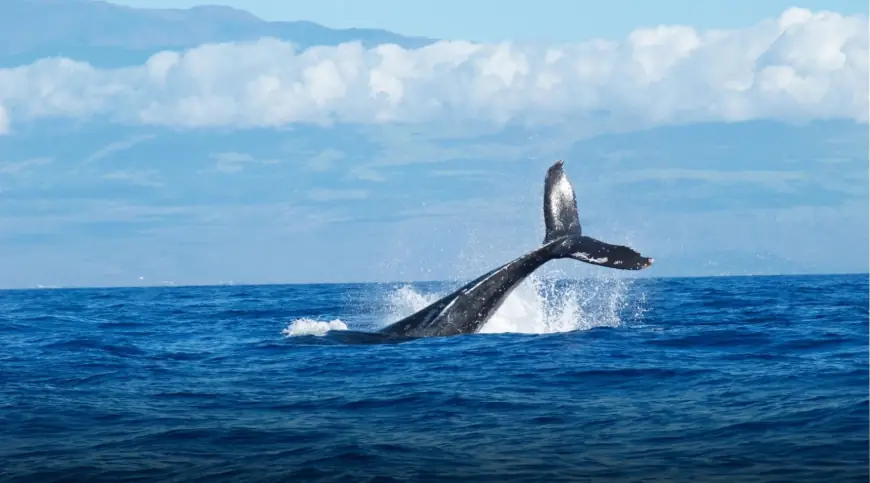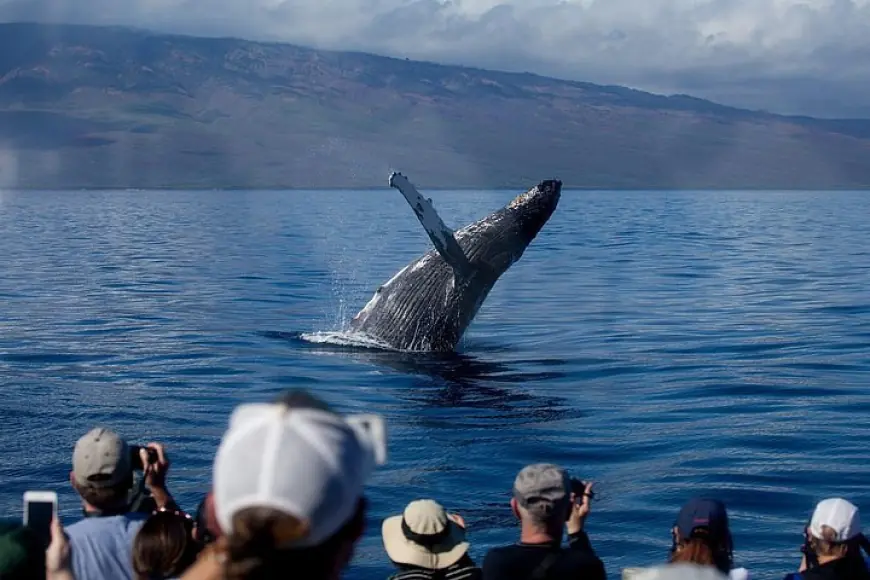What Month Is Best for Whale Watching in Maui?

Maui is one of the world’s top destinations for whale watching, offering breathtaking views of humpback whales in their natural habitat. Every year, thousands of these magnificent marine mammals migrate to the warm waters of Hawaii, and Maui provides some of the best vantage points to witness this incredible spectacle. But when is the best time to visit if you want the best whale-watching experience? This article will provide you with precise information to solve this question and help you plan the perfect trip.
Understanding the Whale Migration in Maui
Humpback whales migrate to Maui’s waters primarily to breed, give birth, and nurse their young. These gentle giants travel from the cold, nutrient-rich waters of Alaska to the warm, shallow waters around the Hawaiian Islands. This journey, which spans approximately 3,000 miles, happens annually and follows a predictable pattern.
The Peak Whale Watching Season
The best months for whale watching in Maui are December through April, with peak activity occurring from January to March. During this period, the highest concentration of whales can be seen, and visitors have the best chance of witnessing breaching, tail slaps, and mother-calf interactions.
Month-by-Month Breakdown
December – The Start of Whale Watching Season
-
Humpback whales begin arriving in Maui, but their numbers are relatively low.
-
Early visitors can still spot some whales, especially towards the latter half of the month.
-
Whale-watching tours start operating regularly, but sightings are not as frequent as later in the season.
January – The Season Gains Momentum
-
A significant increase in whale activity can be observed.
-
Many whales are seen breaching and socializing.
-
Excellent time for photography and first-time visitors.
February – The Peak Month
-
The highest number of whales is present in Maui’s waters.
-
Ideal conditions for spotting mother whales and their calves.
-
Best month for guaranteed sightings and tour availability.
-
More opportunities to hear whale songs using hydrophones.
March – Still a Prime Time for Whale Watching
-
Whale activity remains high, though some have started their migration back to Alaska.
-
Calves become more active and can be seen learning to breach.
-
The tail end of peak season but still excellent for sightings.
April – The End of the Season
-
Many whales begin their migration back to Alaska.
-
Sightings decrease but can still be enjoyed in early April.
-
A quieter time for visitors looking for fewer crowds.
Best Time of Day for Whale Watching
While whales can be spotted throughout the day, the best times are usually early morning (7 AM – 10 AM) and late afternoon (3 PM – sunset). These periods provide calmer ocean conditions and optimal lighting for photography.

Best Locations for Whale Watching in Maui
Maui offers several prime locations for whale watching, including:
-
Lahaina Harbor – One of the best spots for whale-watching boat tours.
-
Maalaea Bay – Offers calmer waters, making it ideal for spotting mother-calf pairs.
-
Wailea & Makena – Great for shore-based whale watching.
-
Kaanapali Beach – Offers excellent views for those who prefer not to take a boat tour.
-
Haleakala Summit – While not a traditional whale-watching spot, clear days can provide stunning views of whales from above.
Types of Whale Watching Experiences
There are several ways to experience whale watching in Maui:
Boat Tours
-
The most popular and immersive way to see whales.
-
Professional guides provide insights into whale behavior.
-
Many tours use hydrophones to let passengers listen to whale songs.
Kayaking Tours
-
A more intimate and eco-friendly option.
-
Allows for closer encounters without disturbing the whales.
-
Ideal for adventure seekers.
Shore-Based Whale Watching
-
Free and accessible to all visitors.
-
Best spots include scenic lookouts and coastal paths.
Tips for the Best Whale Watching Experience
-
Book Tours in Advance – Peak season means high demand, so secure your tour early.
-
Bring Binoculars – While whales are often close, binoculars enhance the experience.
-
Use a Camera with a Zoom Lens – Capture those spectacular breaches and tail slaps.
-
Dress in Layers – Mornings and evenings can be cool on the water.
-
Choose a Reputable Tour Operator – Look for companies that follow responsible whale-watching guidelines.
Conclusion
If you’re planning a whale-watching trip to Maui, the best time to visit is January through March, with February being the peak month. Whether you opt for a boat tour, kayak excursion, or a scenic lookout, witnessing humpback whales in their natural habitat is a once-in-a-lifetime experience. By visiting at the right time and choosing the best spots, you’ll maximize your chances of seeing these incredible creatures up close.
Plan your trip accordingly, and get ready for an unforgettable whale-watching adventure in Maui!












